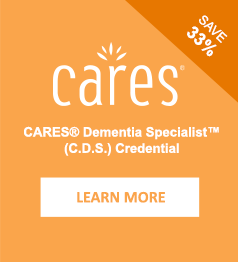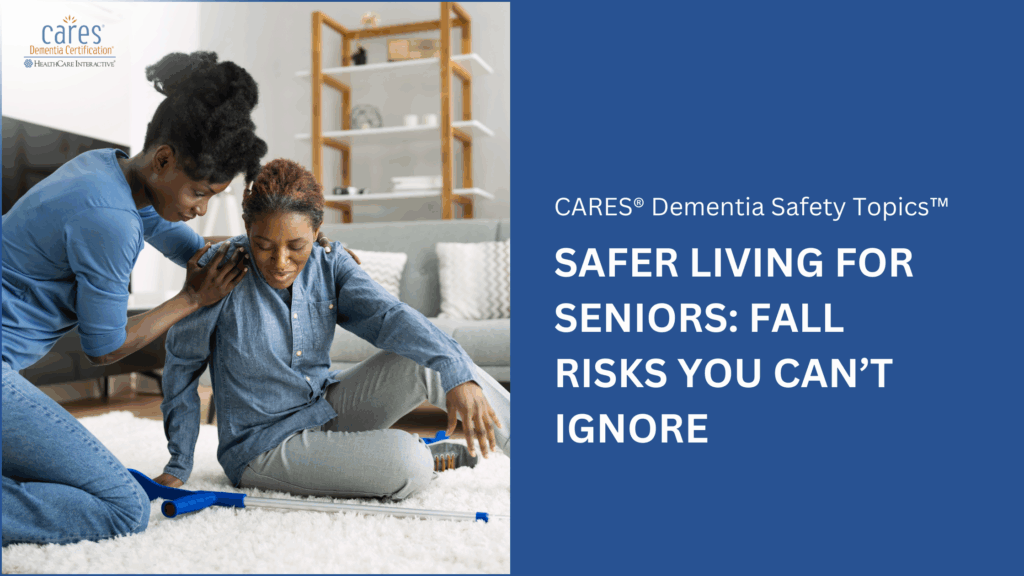Falls are one of the leading causes of injury among older adults, and when it comes to dementia and fall risks, the chances are even higher due to health, environmental, and behavioral factors. Recognizing and addressing the factors that contribute to falls is essential in creating a safe environment and ensuring better quality of life.
Common Factors That Increase Fall Risk
Several factors can increase the likelihood of falls among older adults:
• Recent illness or weakness: Recovery from illness often leaves muscles weak, making balance and mobility harder.
• New medications: Some medicines can cause drowsiness or sudden changes in blood pressure, increasing the risk of falling.
• Vision problems: Poor eyesight reduces awareness of obstacles and hazards.
• Clutter: Items left around the home can become tripping hazards.
• History of falls: Individuals who have fallen before are at greater risk of falling again.
Dementia and Fall Risks
Older adults with dementia face additional challenges that heighten fall risks. They may:
• Be unfamiliar with a new care setting.
• Wander without awareness of their surroundings.
• Wear ill-fitting clothes or unsafe footwear.
• Experience exhaustion or physical tiredness.
• Have blood pressure drops when moving from sitting to standing.
• Struggle with poor balance, walking, or getting up from a chair.
• Take multiple medications that may interact.
Health-Related Factors
Underlying health conditions can also contribute to fall risks, such as:
• Increased confusion, agitation, or restlessness.
• Foot swelling due to edema.
• Diabetes and neuropathies causing loss of sensation.
• Anxiety or restlessness.
• Urgency from incontinence, leading to rushing to the bathroom.
Environmental Hazards
The living environment plays a major role in fall prevention and the common hazards include:
• Bedside rails and restraints, including alarms, which can cause tripping.
• Lack of stable furniture or handrails.
• Uneven, slippery, or glaring floors.
• Poor lighting in hallways and rooms.
• Weather-related risks like slippery surfaces or glare from sunlight.
• Poorly equipped bathrooms without grab bars or non-slip mats.
Nighttime Risks
Falls are particularly common at night due to:
• Sleepiness or disorientation when trying to find the bathroom.
• Dim or inadequate lighting.
• The urgency to toilet quickly.
• Walking barefoot or in socks without proper footwear.
• Not wearing glasses, hearing aids, or assistive devices.
Medicine Review
Medications are one of the biggest hidden contributors to falls. Both prescription and over-the-counter drugs can have side effects that impair balance or alertness. It is vital to ask a nurse, doctor, or pharmacist to review medications regularly to minimize risks.
As Alzheimer’s progresses, fall risks increase—but the right training helps. Build your caregiving skills with CARES® training and certification. Save 10% on any CARES® training or certification with promo code LaborDaySavings—offer ends September 30, 2025.

